Everything to know about Skimmed Milk
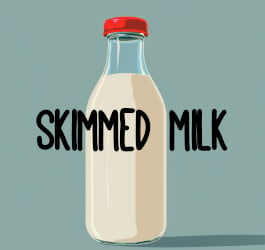

Most people drink milk every day, and almost everyone would know that there's a difference between red, green and blue milk. But what is this difference and how does skimmed milk vary from semi-skimmed and whole milk? Where did the pint measurement come from? Is there benefits to drinking each? Well, we take a dive into all of this below!
How is Skimmed Milk Made?
Milk that comes out of cow goes through many processes before it hits our store-shelves. Milk itself has cream in it, which is the cause of the different types of milk (Skimmed, Semi-Skimmed and whole milk). Cream is lighter than the milk, and so if you allow the milk to sit for a few days, the mixture will gravitationally separate. This means that heavier particles in the mixture will go to the bottom of the container and the lighter particles will go to the top. As a result, the cream will eventually sit on the top of the milk.
Semi-Skimmed and Skimmed milk is just having varying amounts of cream removed from the milk, with skimmed milk having the majority of it’s cream removed. However, milk cannot just be left for days for it to separate – it would simply take too long. This is where centrifugal separation comes in, which essentially spins the liquid rapidly, which accelerates this settling process.
Why can’t you see gravitational separation?
Some of you with a keen eye might think ‘Hang on a minute.. I’ve not seen my whole-milk gravitationally separate, it’s always one mixture’. And you’d be right, that doesn’t happen with store bought milk. This is due to a process called Homogenisation, which reduces the fat globules into small particles and distributes it throughout the liquid. This means they cannot separate from the force of gravity, as it’s not a strong enough force. Centrifugation however, creates a forces trong enough to separate the these globules from the rest of the liquid.
Why do we measure in pints?
In medieval Britain, Taverns were a source of drinks and food for the public. Most Taverns had their own tankards and mugs to serve beer, and so the amount you were poured was dependent on whoever was pouring the drink. There were a few recognised measurements, such as the ‘wine gallon’ and the ‘ale gallon’, but none of these were standardised. This meant that any amount of liquid could be poured, and any amount could be charged the drink. In 1824, the United Kingdom introduced the Imperial Weights and Measures Act, which abolished all other gallon measurements, and brought in the imperial gallon and pint, which is what we use to this day.
What's the difference between red milk and blue milk?
The difference between red milk and blue milk is the amount of fat in the liquid. Red milk has most of the fat removed (about 0.1% to 0.3%) and blue milk has a fat content of about 3.5%.
Is oat milk better than red milk?
The type of milk you consume is dependent on what it is you’re after, depending on your diet goals, allergies or even taste preferences. Red milk may be unsuitable to some people who are lactose intolerant and will lean toward oat milk (or other substitutes like almond or soya). On the other hand, some people might be allergic to Oat milk, and may lean toward skimmed milk. Oat Milk tends to be more caloric and fibrous, meaning it’s got digestive benefits over skimmed milk, and is more energy dense. However, Red Milk is lower in calories and higher in protein, meaning it could be better for people whose objective is to monitor their weight or even up their protein intake.
References
The pint (first source)
Share this post
Related Posts
Fruit For The Office and Recycling
Fruit For Thought - Braeburn
Nutritional Insight - Minerals
Honeydew Melon Health Benefits and their History
Valentine's Day
The Real History of Bananas! Where did we get the term Banana republic?
Easter Opening Times
Bank Holiday Procedure - 2023
How Caffeine Affects our Bodies
The Benefits of Early-Morning Deliveries
How fruit boosts productivity in the office
Our New Fruit Boxes | Fruit For The Office
How fruit helps in the heat
How to entice staff to eat fruit in the Workplace
The Fruitful Impact: How Fruits Reshaped History
What Do Fruit Delivery Companies Actually Do?
The Benefits Of Cucumbers | Everything you need to know!
Fruit For Thought - Pomegranate
How Pumpkins became associated with Halloween and their health Benefits for you
Bank Holiday Procedure and Planned Closures - 2024
8 reasons to get milk to the office
5 Critical Benefits of Healthy Office Snack Box Deliveries
Bank Holiday Procedure and Planned Closures - 2025
City Harvest and Fruit For The Office Collaboration
Tags
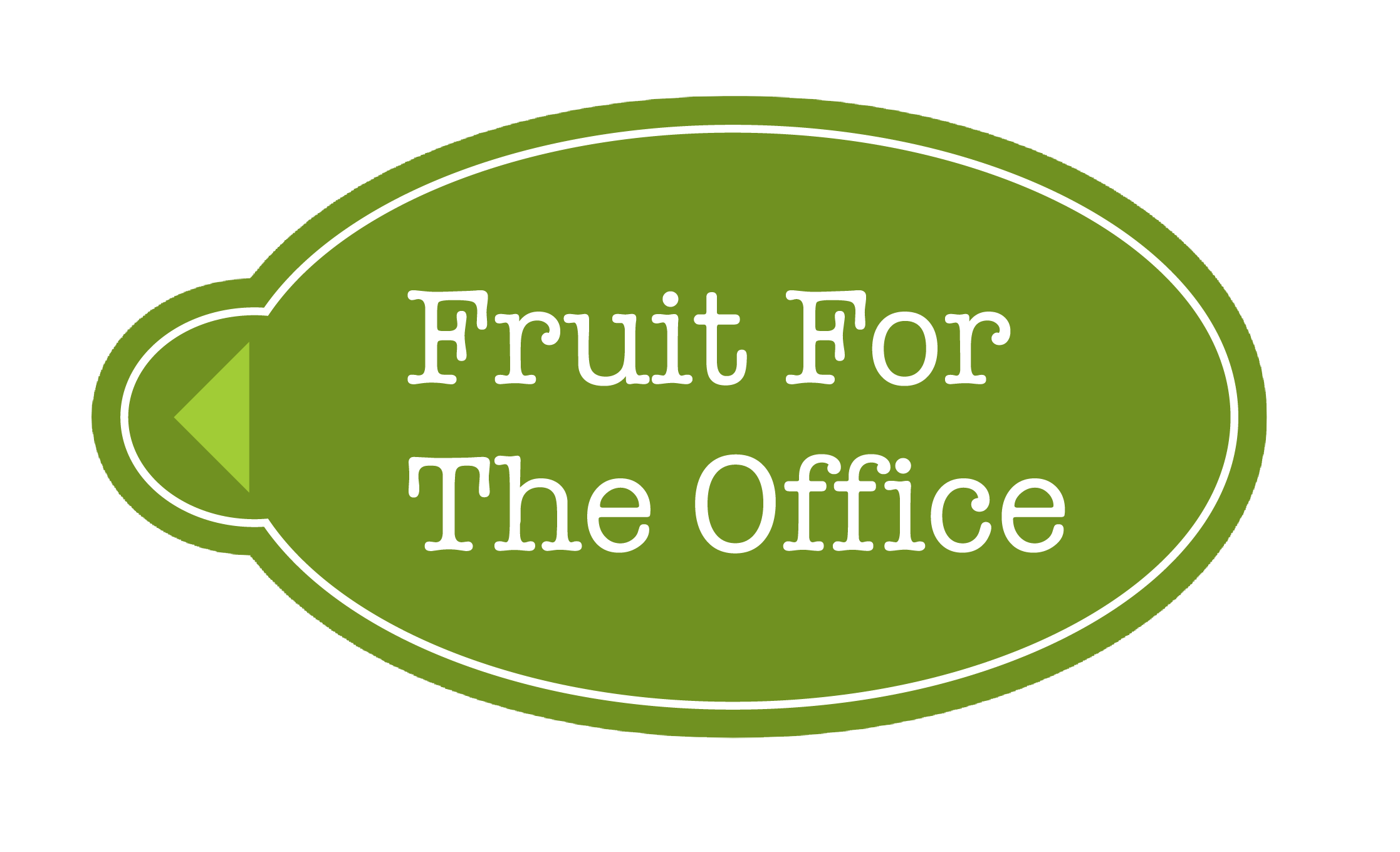



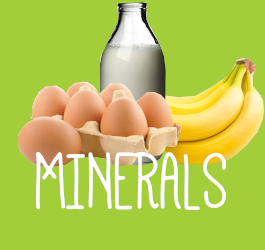













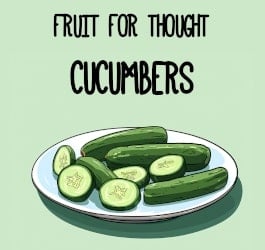







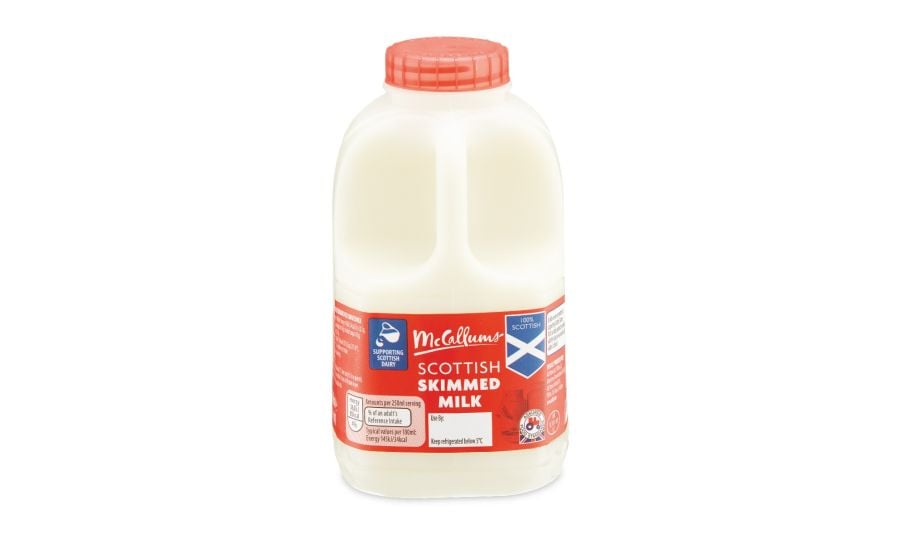
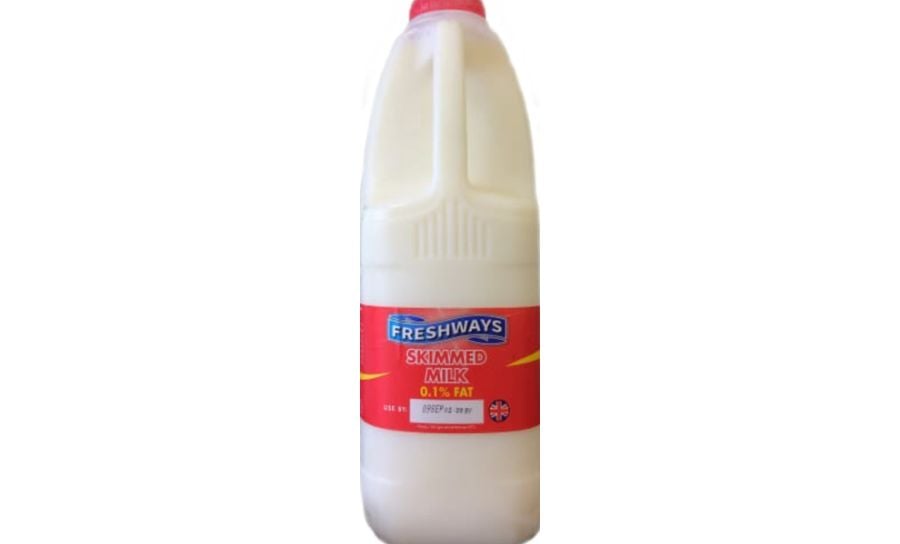

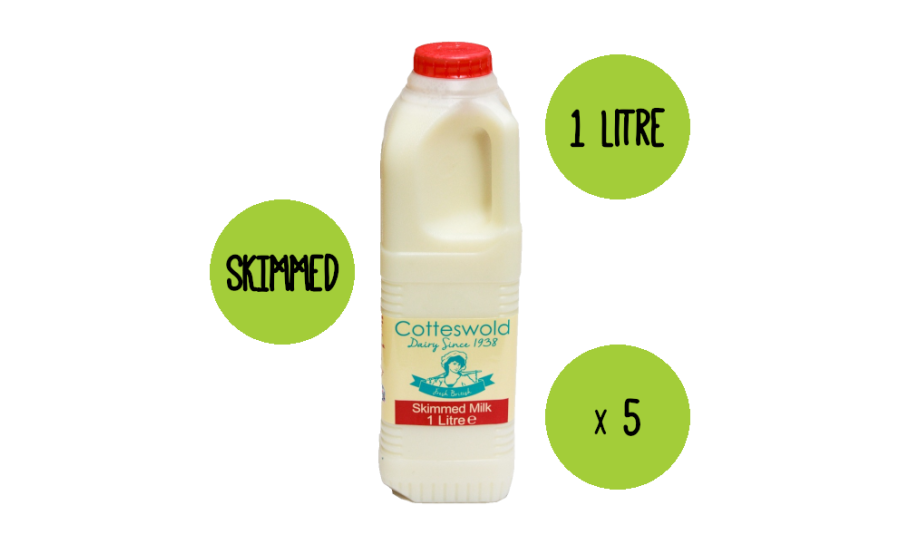
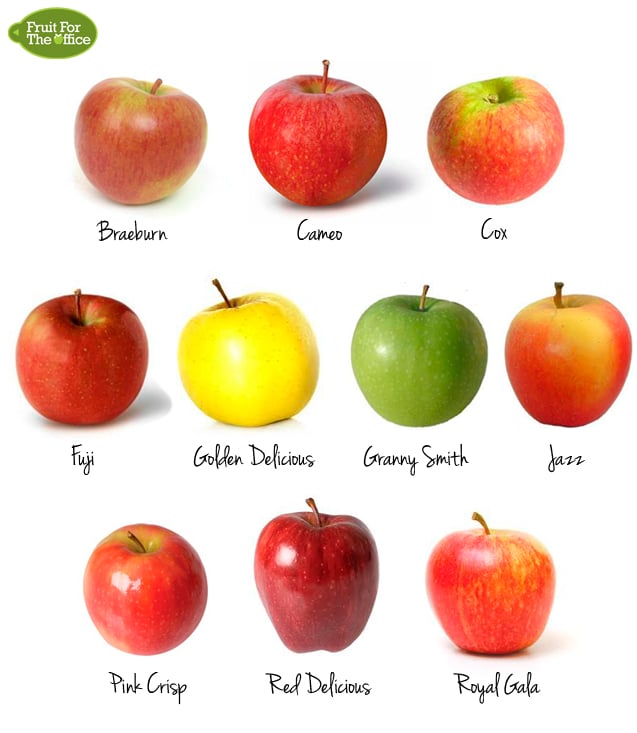
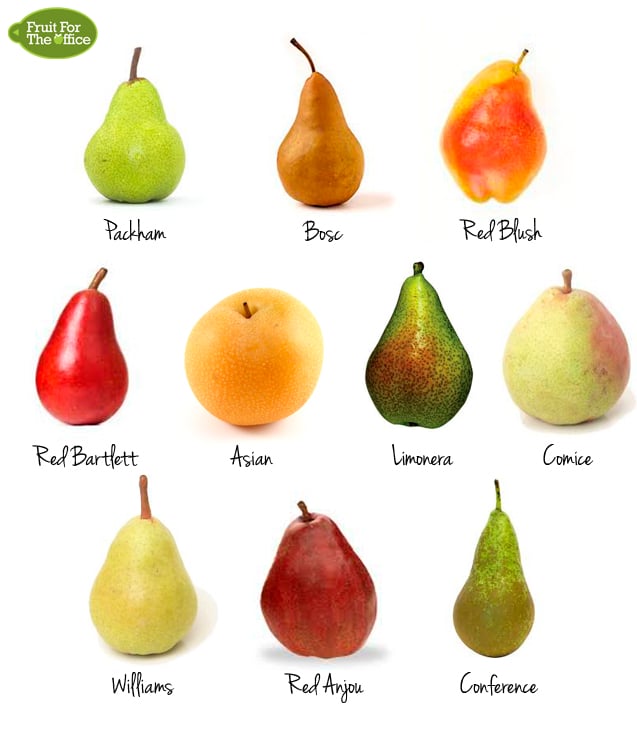






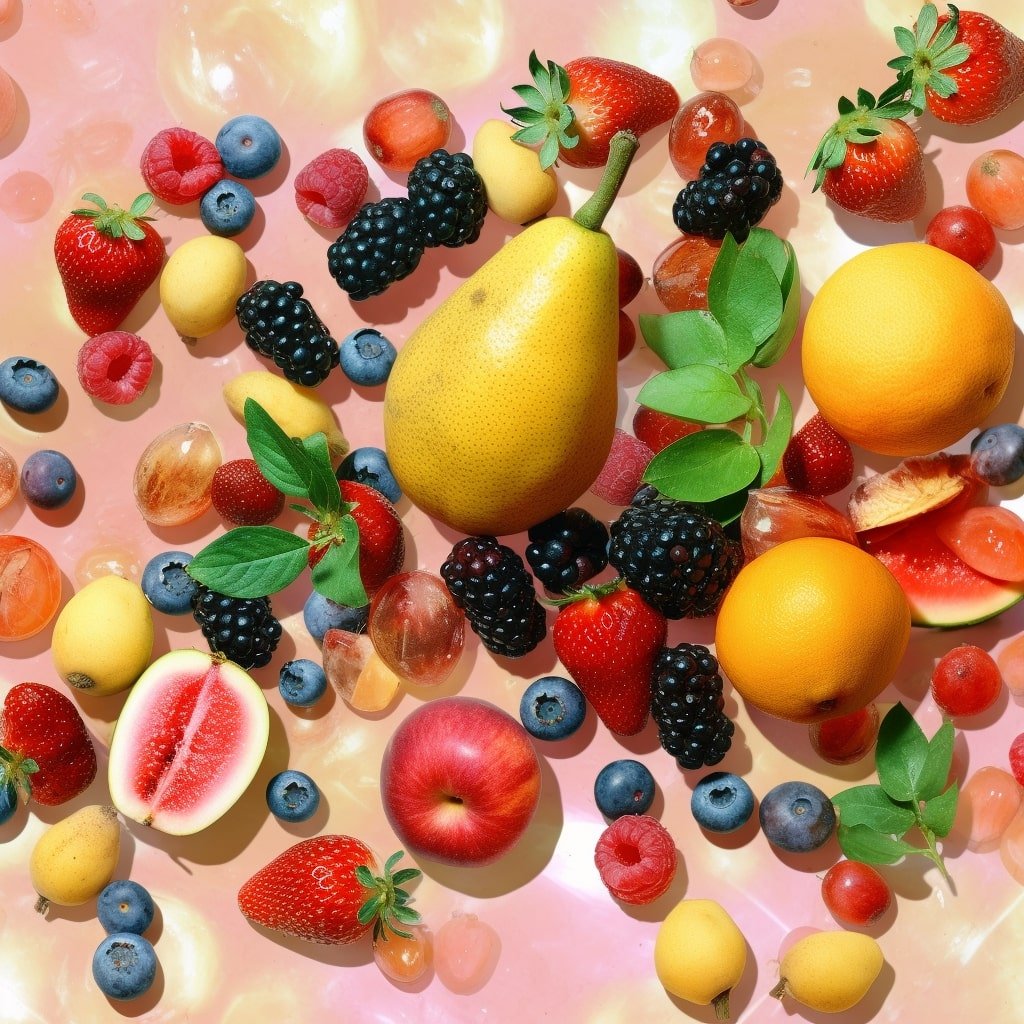



Comments